TOP STORY
Highway Safety
Protecting Utah
Warm Weather Means It’s Time to Share the Road With Vulnerable Roadway Users
This winter, we’ve only really had to share the road with snow.
As the temperature rises, more people are ready to get outside of their houses and outside of their cars.
Which means we’ll be seeing more motorcyclists, pedestrians and bicyclists out on our roads.
Because they don’t have safety features like air bags and crumple zones, pedestrians, motorcyclists and bicyclists are much more vulnerable.
With the goal of helping make sure everyone gets where they’re going safely, we wanted to share some spring tips for sharing the road with our vulnerable roadway users.
Motorcycle Safety
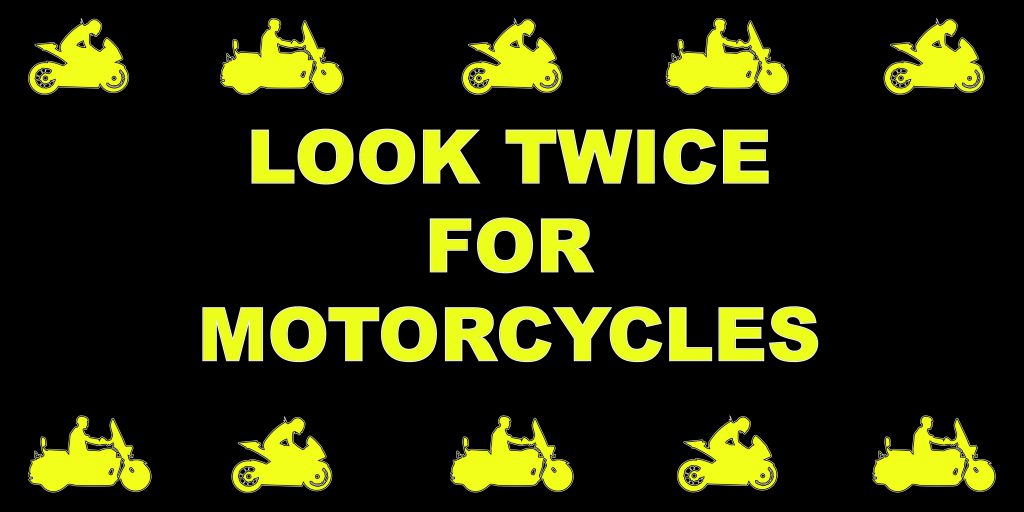
Motorist Awareness
There aren’t a lot of motorcycles out there in the traffic mix. Many drivers don’t always see motorcycles, encounter them or think they’ll be driving around them. They’re also smaller and harder to see.
If you don’t actively look for and think about motorcycles, you will be more likely to not see them, even when they’re right in front of you. You can take steps to help make sure you see motorcycles, and you just might save a life.
LOOK TWICE for motorcycles, especially when you’re turning at intersections or into/out of parking lots and drive ways.
Look twice, save a life.
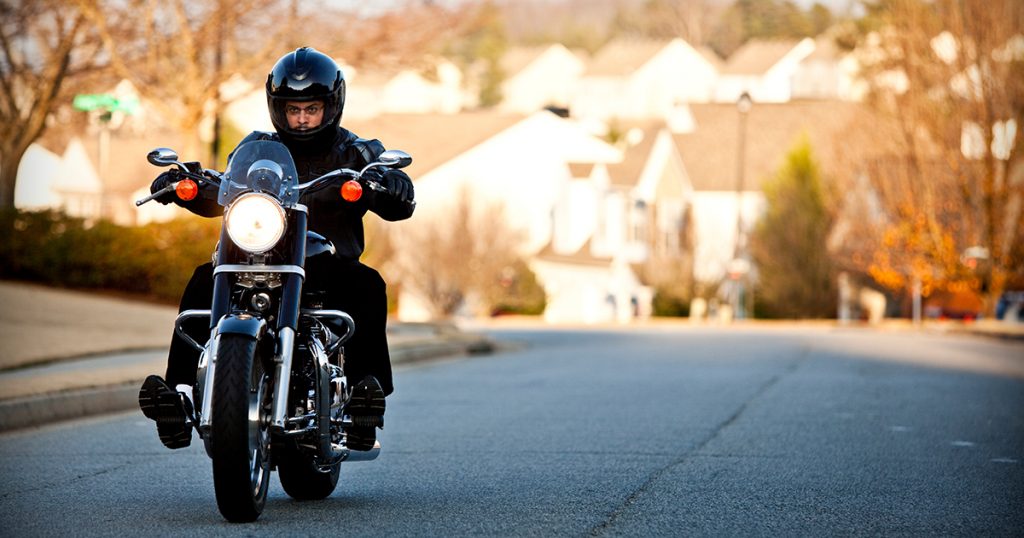
Motorcyclist Gear, Skills and Strategy
When you ride, what will you wear?
All the gear can make all the difference—even in a minor crash. There are no airbags, seat belts or crumple zones to protect you. The only crash avoidance system on a motorcycle is you. Riding to live means you ride ATGATT—All the Gear, All the Time.
Do you have the skills you need to ride to live?
One of the reasons you ride is because it’s more challenging than slouching back in a car. But it also means it’s more challenging to negotiate curves—even seemingly small ones. It’s more challenging to stop—especially if you need to stop quickly. Just because you know how to ride a bicycle doesn’t mean you know how to ride a motorcycle. Riding to live means getting formal skills training—and constantly renewing and refreshing your riding skills. Find a skills course here.
What are your mental strategies for riding?
Riding a motorcycle is also more mentally challenging than driving a car. You need to constantly be alert to and aware of the situations that are changing second by second around you. Daydreaming isn’t an option. Riding to live means continuously searching, evaluating and executing proper riding strategies—even on a quick trip to the store.
Spring Riding
Spring riding presents some unique challenges.
Sgt. Lucas with the Utah Highway Patrol motor squad shares his spring riding tips in three videos.
Pedestrian Safety
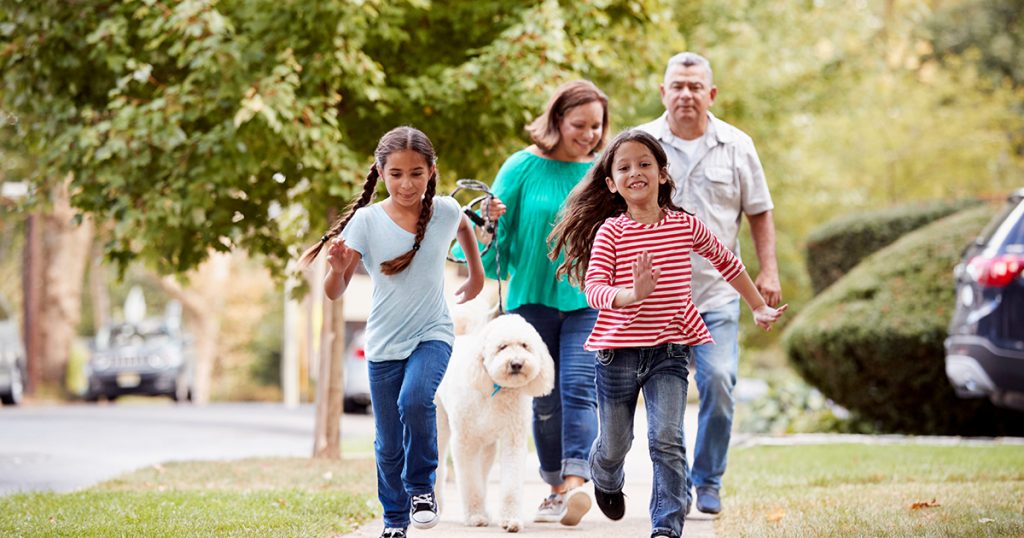
At some point in the day, everyone is a pedestrian. Below are some tips for both drivers and pedestrians to safely share the road. Click here for laws pertaining to pedestrians and drivers.
9 Tips for Drivers
- Look out for pedestrians everywhere, at all times. Safety is a shared responsibility.
- Use extra caution when driving in hard-to-see conditions, such as nighttime or bad weather.
- Slow down and be prepared to stop when turning or otherwise entering a crosswalk.
- Yield to pedestrians in crosswalks and stop well back from the cross-walk to give other vehicles an opportunity to see the crossing pedestrians so they can stop too.
- Never pass vehicles stopped at a crosswalk. There may be people crossing that you can’t see.
- Never drive under the influence of alcohol and/or drugs.
- Follow the speed limit, especially around people on the street.
- Follow slower speed limits in school zones and in neighborhoods where children are present.
- Be extra cautious when backing up—pedestrians can move into your path.
10 Walking Safety Tips
- Be predictable. Follow the rules of the road and obey signs and signals.
- Walk on sidewalks whenever they are available.
- If there is no sidewalk, walk facing traffic and as far from traffic as possible.
- Keep alert at all times; don’t be distracted by electronic devices that take your eyes (and ears) off the road.
- Whenever possible, cross streets at crosswalks or intersections, where drivers expect pedestrians. Look for cars in all directions, including those turning left or right.
- If a crosswalk or intersection is not available, locate a well-lit area where you have the best view of traffic. Wait for a gap in traffic that allows enough time to cross safely; continue watching for traffic as you cross.
- Never assume a driver sees you. Make eye contact with drivers as they approach to make sure you are seen.
- Be visible at all times. Wear bright clothing during the day, and wear reflective materials or use a flashlight at night.
- Watch for cars entering or exiting driveways, or backing up in parking lots.
- Avoid alcohol and drugs when walking; they impair your abilities and your judgment.
Bicycle Safety
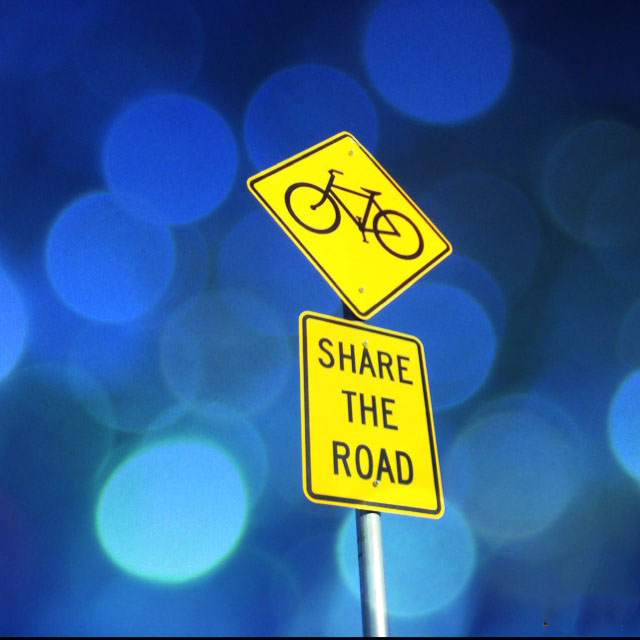
Warm and dry spring weather means that bicycles and cars are continuously interacting on Utah’s roadways. Safely sharing the road is a two-way street. We’ve got tips for bicyclists and drivers below.Click here for laws relating to bicyclists and drivers.
Bicyclist Safety
Be focused and alert to the road and all traffic around you; anticipate what others may do, before they do it. This is defensive driving—the quicker you notice a potential conflict, the quicker you can act to avoid a potential crash:
- Drive with the flow, in the same direction as traffic.
- Obey street signs, signals, and road markings, just like a car.
- Assume the other person doesn’t see you; look ahead for hazards or situations to avoid that may cause you to fall, like toys, pebbles, potholes, grates, train tracks.
- No texting, listening to music or using anything that distracts you by taking your eyes and ears or your mind off the road and traffic.
Driver Safety
People on bicycles have the same rights and responsibilities as people behind the wheel of a vehicle.
- Give three feet: Motorists may not pass within 3-feet of a moving bicycle. In addition, motorists may not attempt to distract a bicyclist for the purpose of causing injury or force a bicyclist off the roadway (41-6a-706.5).
- Motorists may cross the centerline (41-6a-701) or the center two-way left turn lane (41-6a-710) to pass a bicycle if it can be done safely.
- Yield to bicyclists as you would motorists and do not underestimate their speed. This will help avoid turning in front of a bicyclist traveling on the road or sidewalk, often at an intersection or driveway.
- In parking lots, at stop signs, when packing up, or when parking, search your surroundings for other vehicles, including bicycles.
- Drivers turning right on red should look to the right and behind to avoid hitting a bicyclist approaching from the right rear. Stop completely and look left-right-left and behind before turning right on red.
- Obey the speed limit, reduce speed for road conditions and drive defensively to avoid a crash with a cyclist.
- Give cyclists room. Do not pass too closely. Pass bicyclists as you would any other vehicle—when it’s safe to move over into an adjacent lane.

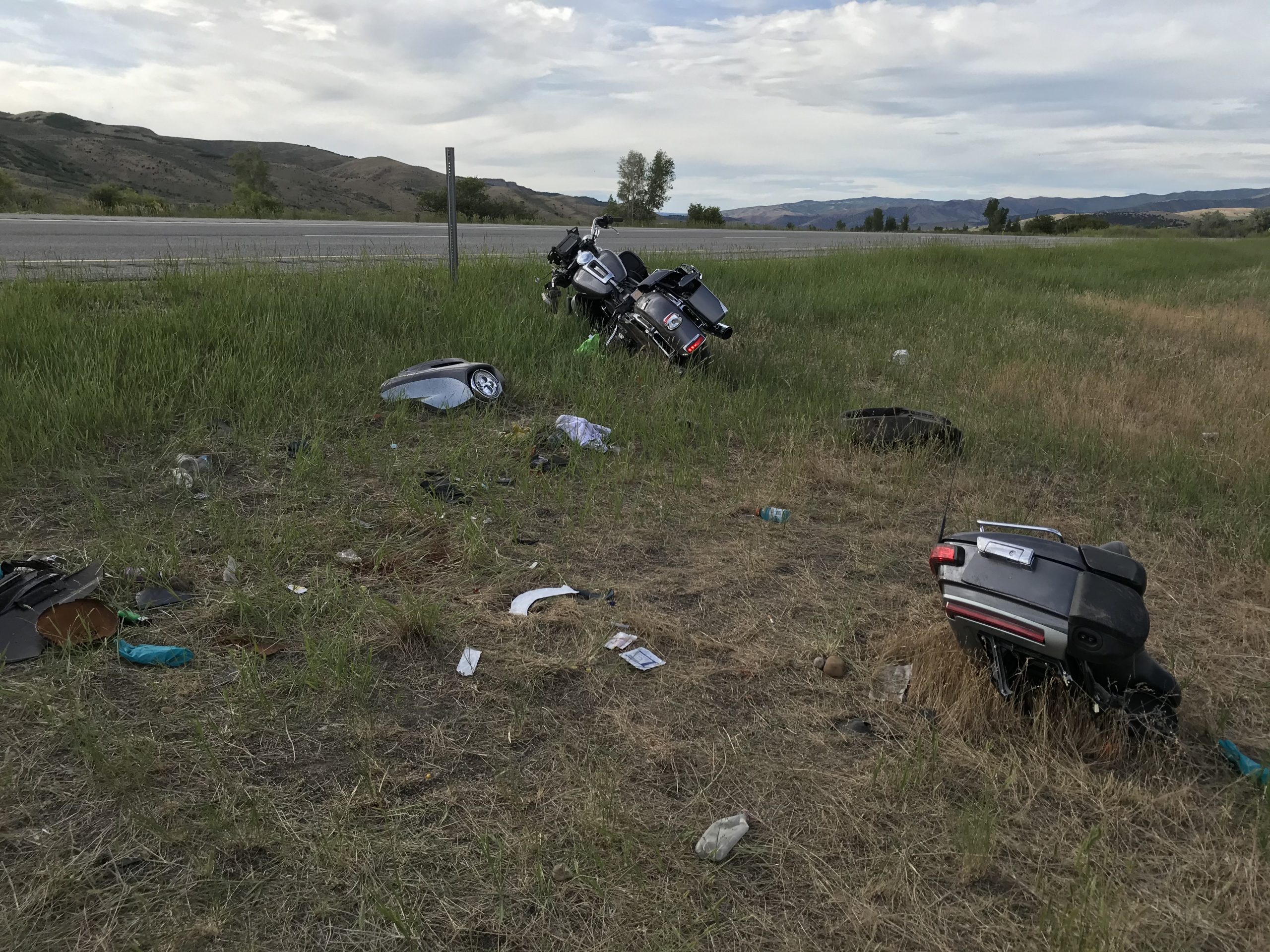




SHARE THIS STORY